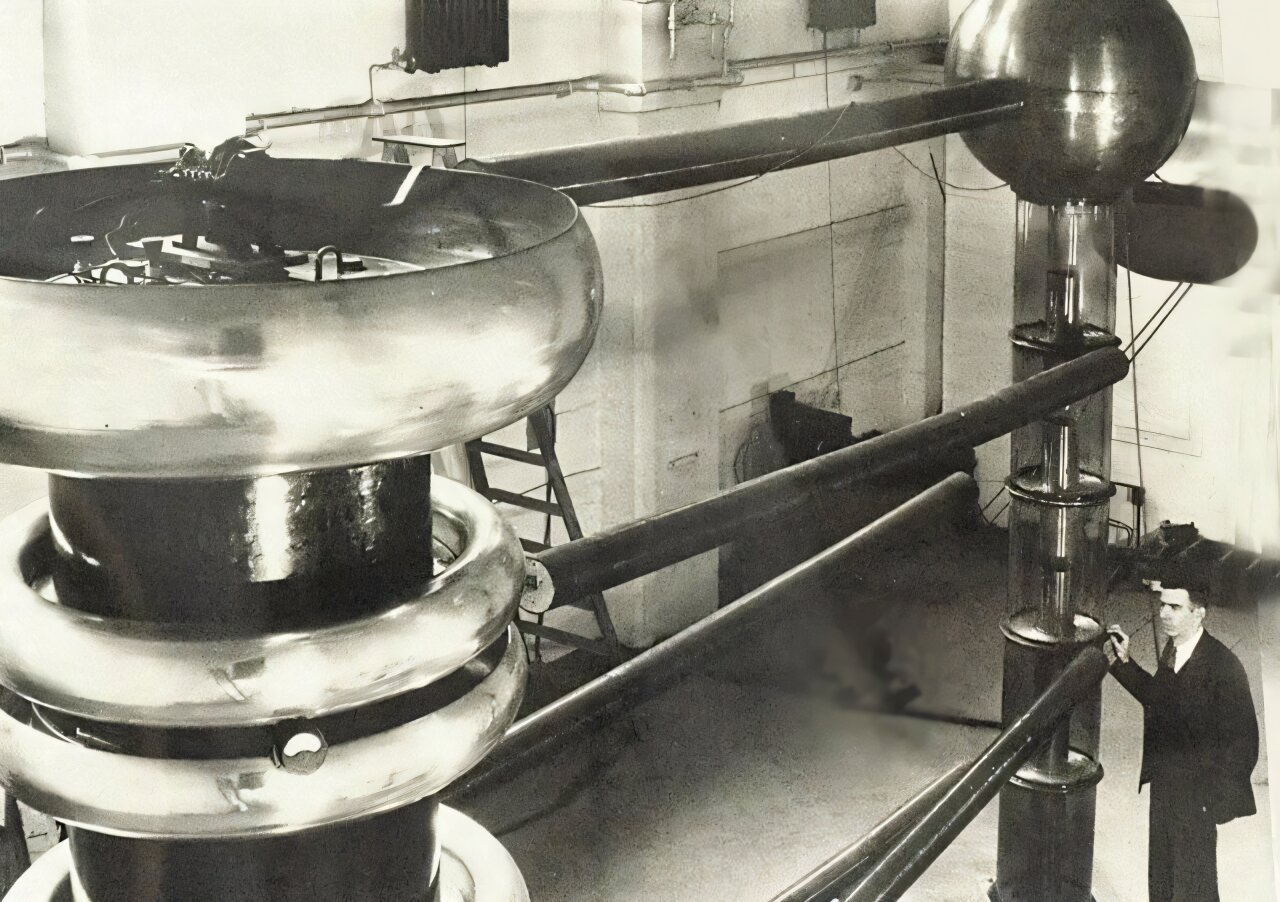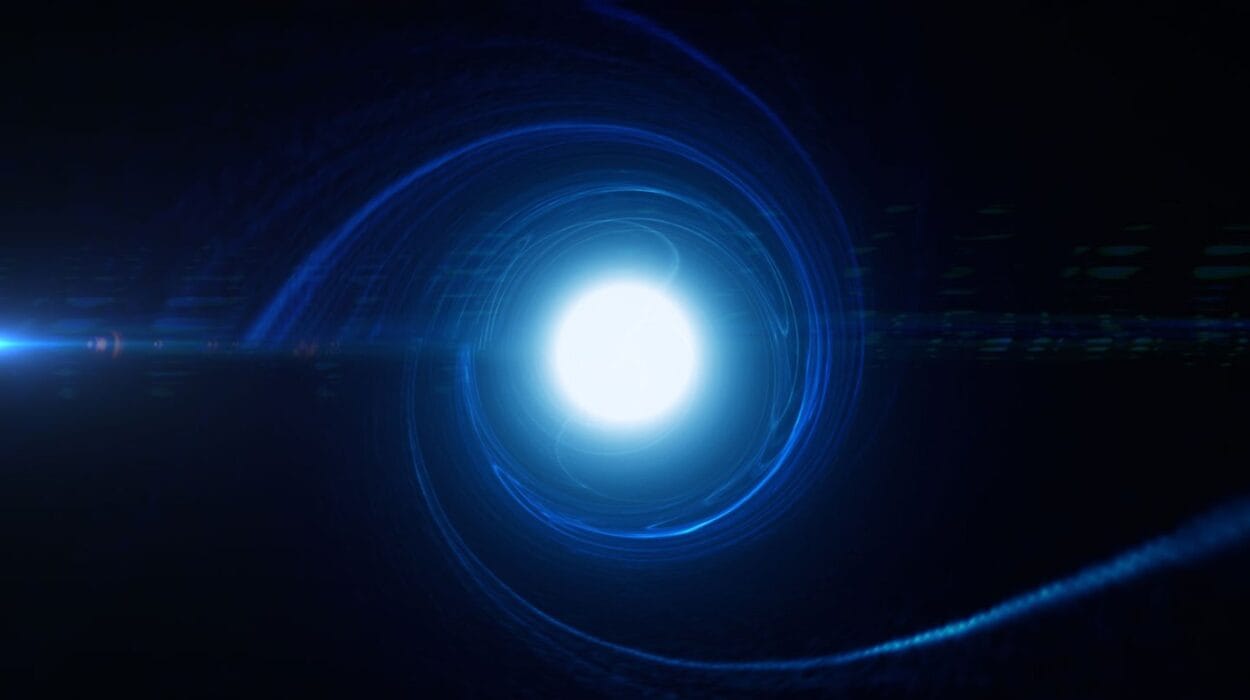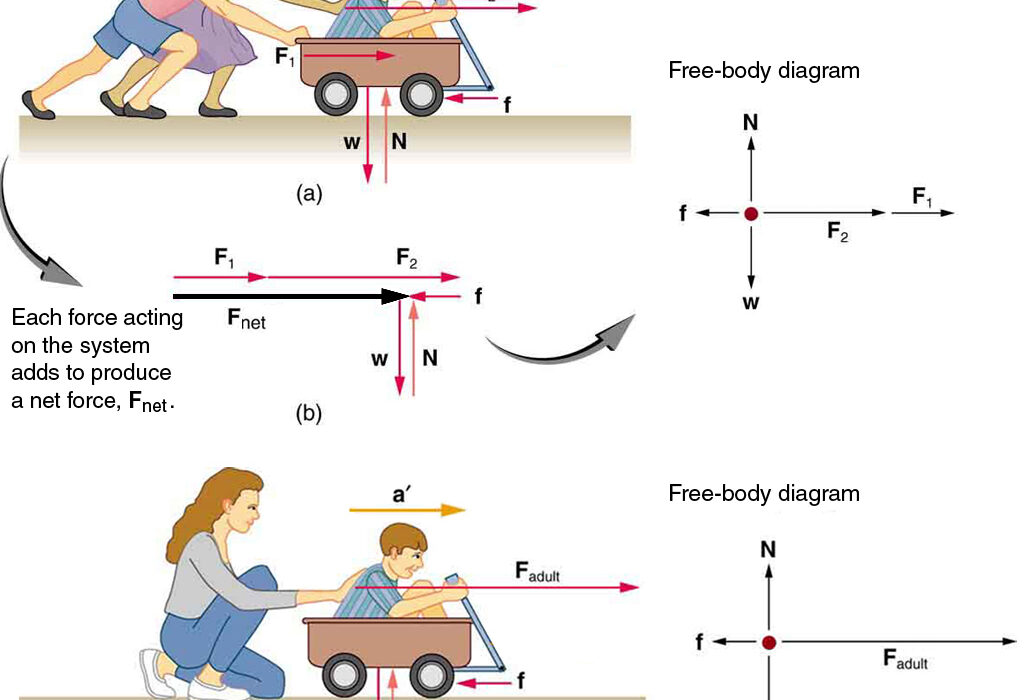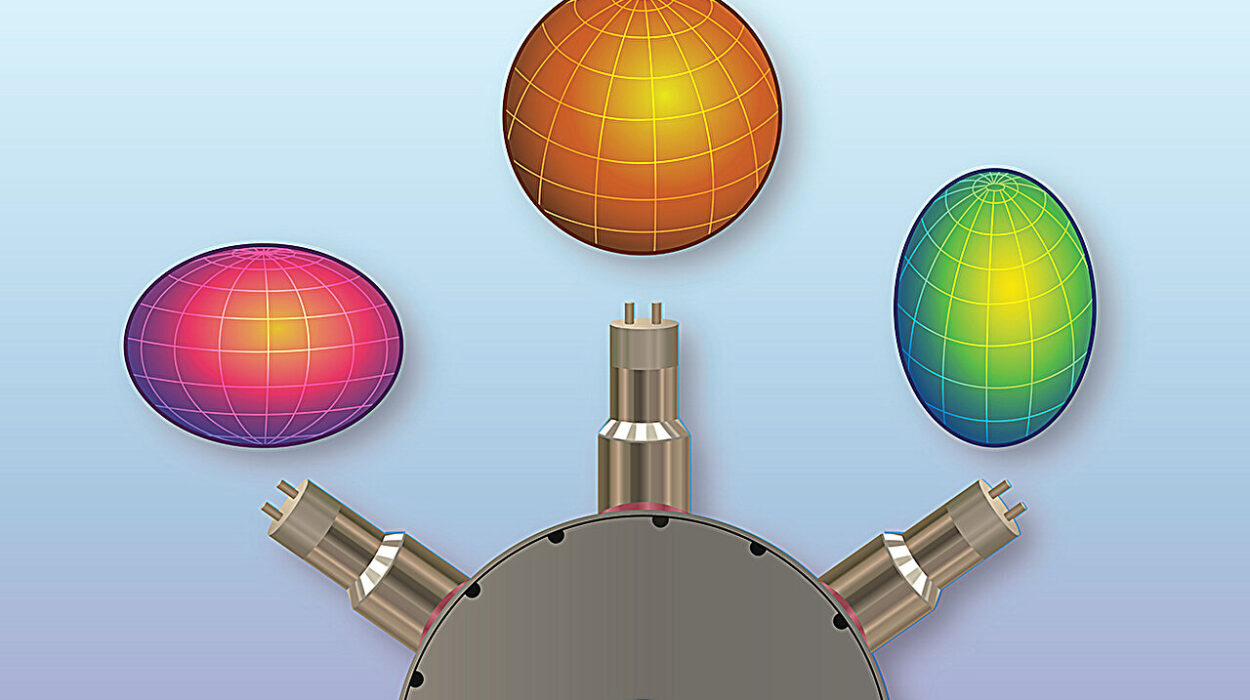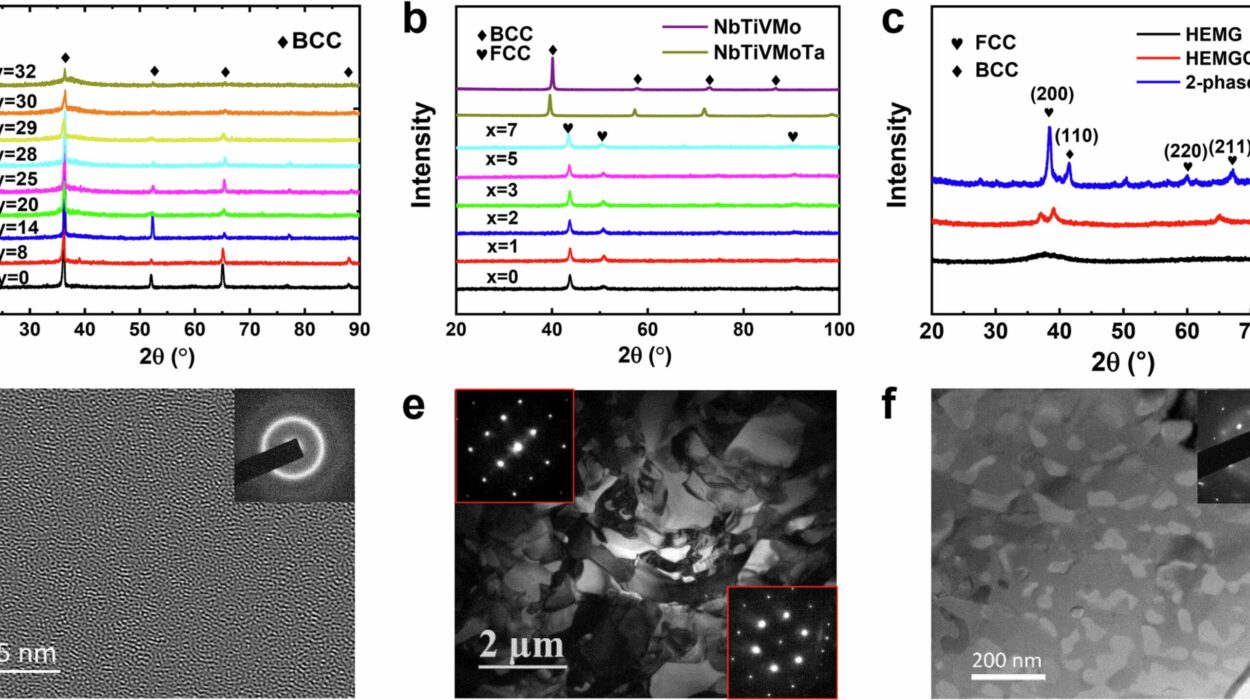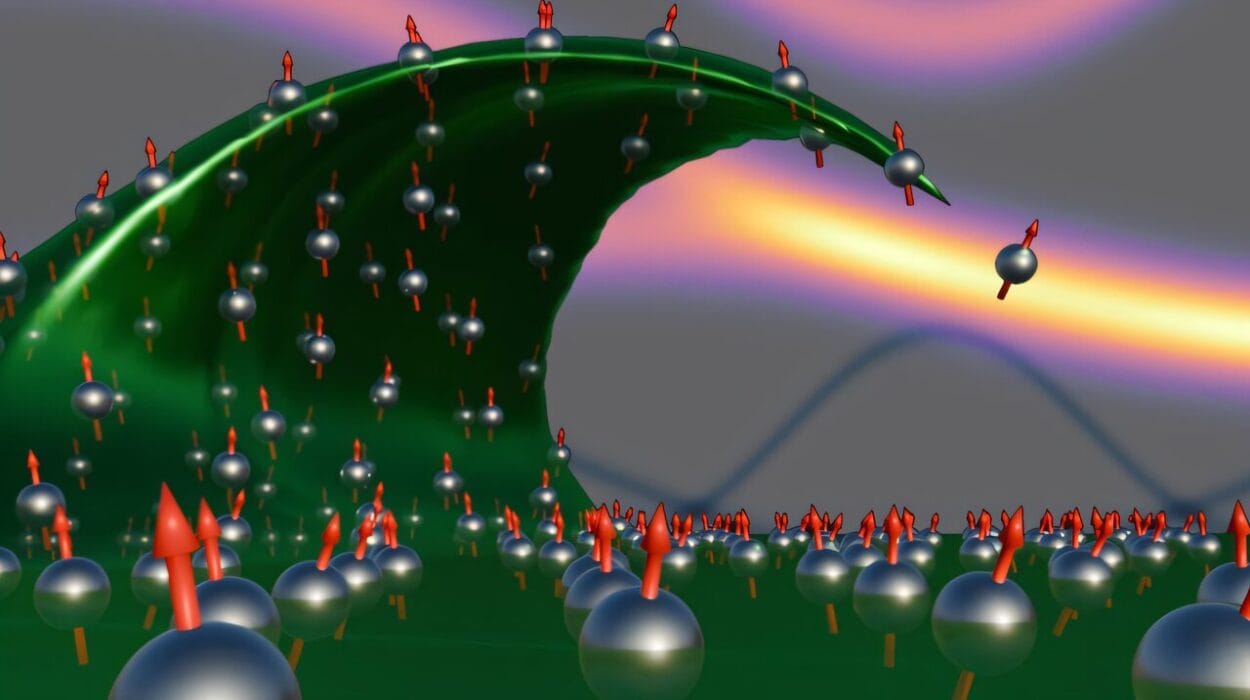In a quiet lab in North Carolina, beneath layers of modern equipment and decades of scientific advancement, a forgotten experiment from 1938 was reborn. It didn’t promise spectacle. There were no roaring reactors or supercomputers humming with high-stakes calculations. But what emerged was something rare and remarkable: the resurrection of an idea—and the scientist who first glimpsed it.
The experiment, painstakingly recreated by a collaboration between Los Alamos National Laboratory and Duke University, confirmed a pivotal moment in nuclear physics history. A moment nearly erased by time. A moment when a modest physicist named Arthur Ruhlig may have become the first human to observe the deuterium-tritium (DT) fusion reaction—the very one that now powers national defense strategies and fuels humanity’s hope for clean, limitless energy.
And he saw it by accident.
The Ghost in the Cloud Chamber
It was 1938, and the world teetered on the edge of chaos. But in a Michigan physics lab, Arthur Ruhlig wasn’t watching the headlines—he was watching gamma rays. As part of his research, he fired deuterons—nuclei of heavy hydrogen—into a deuterated target, hoping to observe the subtle signatures of their interactions.
What he saw instead was astonishing: faint traces of protons with unusually high energies. These weren’t supposed to be there. Intrigued, Ruhlig dug deeper. He suspected something else was happening—something secondary, something hidden in the noise. His hunch? Tritium, the radioactive cousin of hydrogen, might be forming during these interactions and fusing with deuterium in a second, unexpected burst of energy. A DT fusion reaction.
In a modest letter to Physical Review, Ruhlig mentioned this in a single paragraph, almost as an afterthought. He called the DT reaction “exceedingly probable” and cited a private conversation with the legendary physicist Hans Bethe to support his interpretation.
Then, silence.
Ruhlig’s paper slipped quietly into the scientific archive, cited rarely, remembered by almost no one. Until now.
Rewinding the Nuclear Clock
Fast-forward 85 years. Mark Chadwick, associate director at Los Alamos National Laboratory, found himself immersed in a different kind of fusion: the fusion of history and memory. While compiling a compendium on the development of fusion, Chadwick stumbled upon a 1986 audio recording from physicist Emil Konopinski—an early Manhattan Project scientist—reminiscing about DT fusion.
Konopinski, in that recording, mentioned that his push toward exploring DT reactions during the early atomic weapons program was inspired by “pre-war research.” But what research? And by whom?
Chadwick, alongside theoretical physicist Mark Paris, began tracing the intellectual breadcrumbs. What they discovered was as astonishing as it was humbling: Ruhlig’s 1938 paper, long overlooked, matched the description. The high-energy protons, the DT signature, the Bethe connection—it all fit. And it wasn’t just a footnote. It was the beginning.
More than that, Ruhlig and Konopinski had been students together at the University of Michigan. They shared professors, mentors, lab spaces, and most likely—ideas.
“We’re left to ask, what did Ruhlig actually observe?” said Paris. “Are his conclusions consistent with what we’d arrive at using modern approaches? Ultimately, the only way to know was to replicate the experiment.”
A Time Machine Made of Science
Chadwick brought the idea to Los Alamos Lab Director Thom Mason, who insisted: this had to be tested experimentally. Not just modeled. Not just simulated. But truly rebuilt.
So they did.
Partnering with physicists at Duke University’s Triangle Universities Nuclear Laboratory, the team carefully reconstructed Ruhlig’s setup—nearly atom for atom. Using a 3.5-mm deuteron beam and a deuterated phosphoric acid target, they created conditions almost identical to those of 1938. Modern detectors tracked the secondary reactions, while computers modeled the expected neutron signatures.
And there it was again.
The DT fusion reaction. Real, measurable, and just as Ruhlig had suspected. Not exactly in the quantities he claimed—his original paper likely overestimated the fusion rate—but qualitatively correct. His hunch had been right. His vision, blurred only by the limitations of his era’s tools, had been remarkably clear.
“In contrast to fusion experiments like those at the National Ignition Facility, this was a low-energy, nuclear-physics experiment,” said Duke’s Werner Tornow. “But it let us explore DT fusion under difficult conditions. And that’s hugely valuable.”
More Than a Footnote
The rediscovery of Ruhlig’s contribution is more than just a correction of the historical record. It reframes our understanding of how fusion science matured.
DT fusion reactions are the heart of thermonuclear weapons—and, more hopefully, the dream of commercial fusion power. At facilities like the National Ignition Facility (NIF), DT reactions are being pushed toward ignition, the threshold of self-sustaining energy output. But the intellectual seed of that journey may well have been planted by a curious young man from Michigan, decades before it bore fruit.
“Regardless of the inconsistency in his rate estimates, Ruhlig was absolutely correct in his qualitative conclusion,” said Chadwick. “His paper, his observation, and the ripple it created through minds like Konopinski’s ultimately shaped the field.”
And in a poetic turn of fate, the replication experiment was published in the same journal that had first carried Ruhlig’s letter: Physical Review.
The Man Behind the Insight
So who was Arthur Ruhlig?
Born in 1912 in Michigan, he earned his doctorate in physics in 1938—the same year he made his DT fusion observation. During and after World War II, he joined the Naval Research Laboratory, working on classified technologies ranging from rocketry to radiation. He supported Operation Greenhouse, an early U.S. thermonuclear test in the Pacific, and helped develop techniques to measure burning fusion plasma—ironically witnessing the full realization of the fusion reaction he had first glimpsed in a Michigan lab.
Later, Ruhlig entered private industry, applying his skills to radar, lasers, and early computing at companies like Ford’s Aeronutronic division. He spoke German, French, and Russian. He was deeply loyal to his employers, his science, and his family.
And yet, he never sought recognition. He never pushed for credit. Like many unsung scientists, he simply moved on to the next question.
When the Los Alamos-Duke team tracked down Ruhlig’s daughter, Vivian Lamb, she was stunned—but thrilled. She had been researching her family’s history to share with her granddaughter when she found their inquiry online.
“My father was the consummate scientist,” she told them. “He had a lifelong curiosity about problems in physics and respect for careful scientific experiments.”
She sent them a photo of him from the 1940s. In it, he stares out, calm but focused, unaware that decades later, the world would look back and finally see the moment he helped ignite.
Echoes of a Spark
Today, the name Arthur Ruhlig doesn’t appear in physics textbooks or museum exhibits. But thanks to a team of determined physicists who believed in looking back as much as forward, his legacy now lives on—in experiments, in equations, and in the very reactions that could one day power the world.
He didn’t seek history. But he shaped it anyway.
And now, history is catching up.
Reference: W. Tornow et al, Modern version of the uncited 1938 experiment that first observed DT fusion, Physical Review C (2025). DOI: 10.1103/PhysRevC.111.064618
